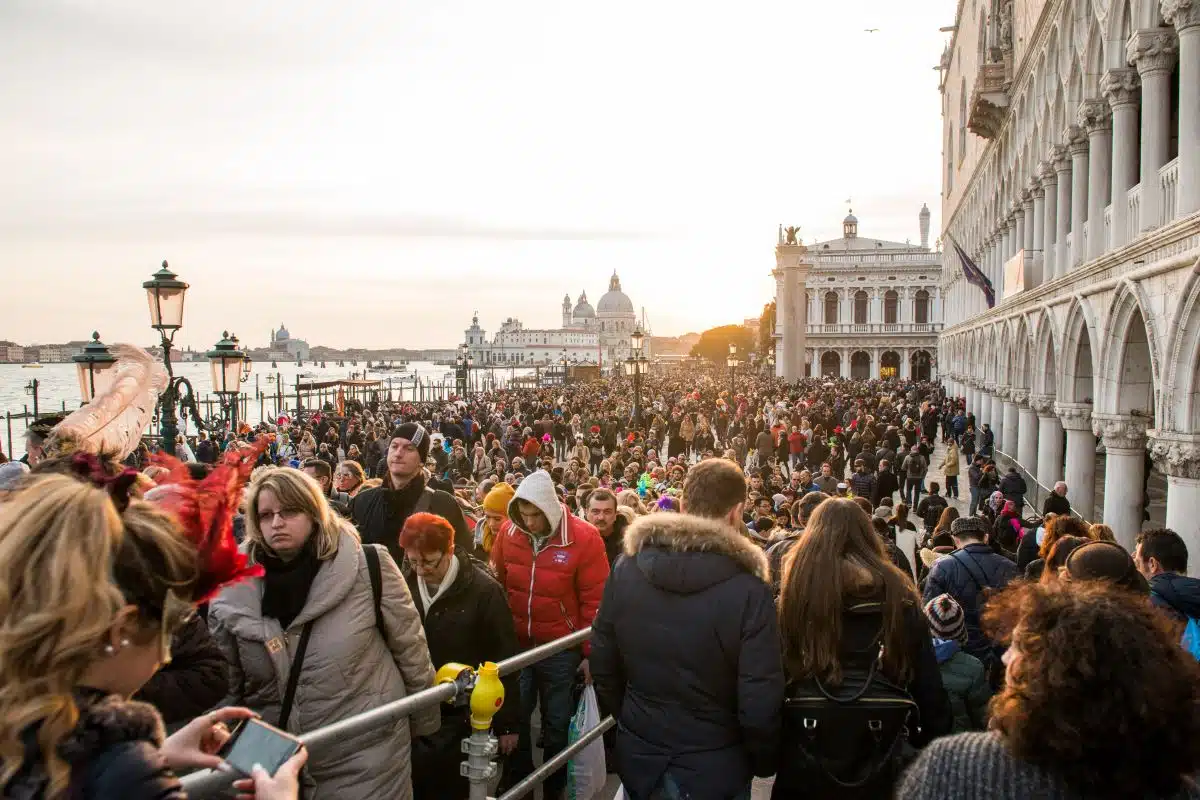As summer 2024 rolls on, popular tourist destinations are bursting at the seams with visitors. Overtourism, the phenomenon of too many tourists descending on a location, is creating chaos from crowded beaches to overwhelmed landmarks. If you’ve traveled this summer, chances are you’ve felt the squeeze.
What Is Overtourism?

Image Credit: Shutterstock / Giorgio Rossi
Overtourism occurs when the number of tourists overwhelms a destination, leading to overcrowding, environmental degradation, and a diminished experience for visitors. This summer, it’s hitting harder than ever, with global international tourist arrivals expected to reach 1.5 billion, up more than 17% from 2023.
Europe’s Hotspots Are Feeling the Heat
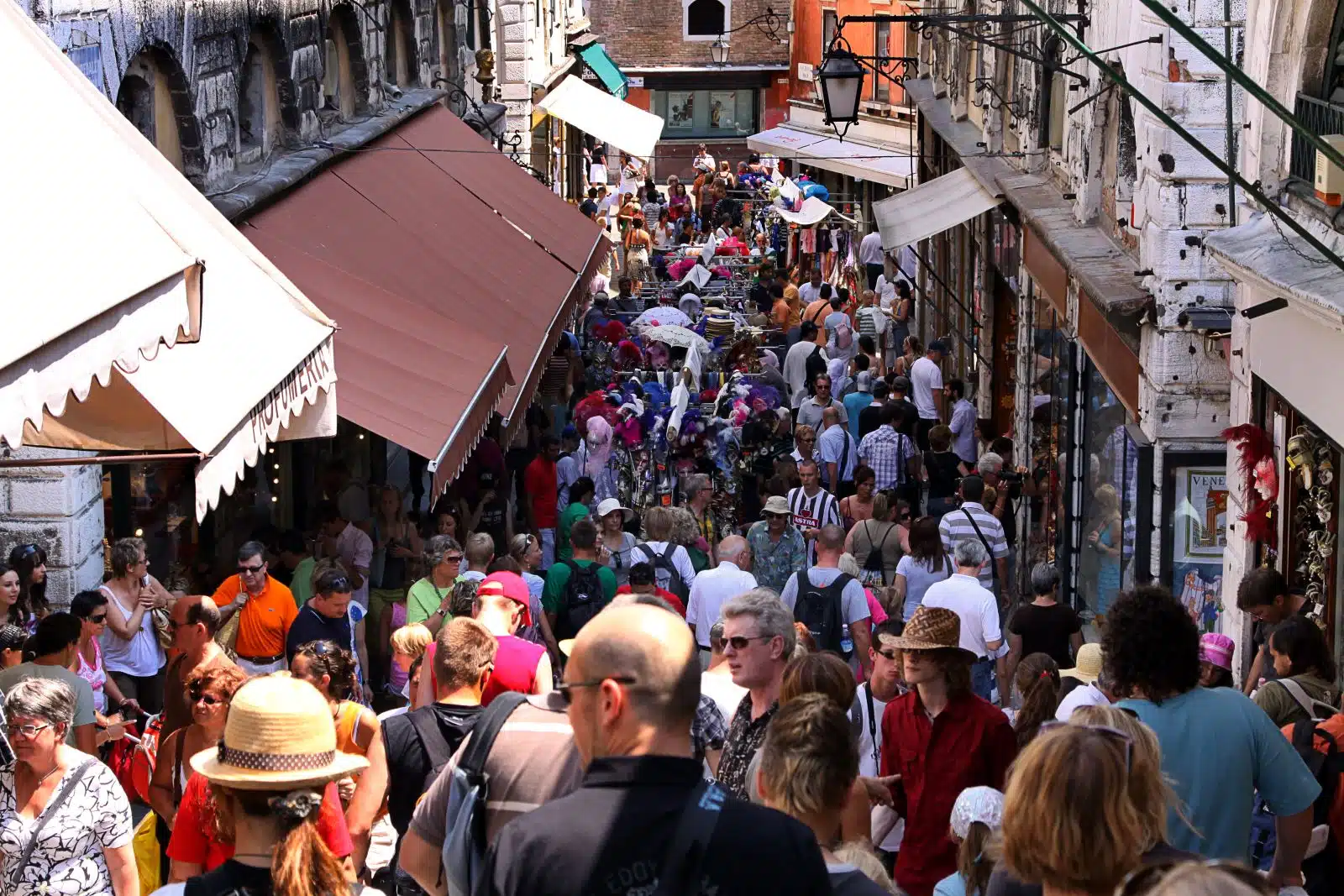
Image Credit: Shutterstock / wideonet
From the cobblestone streets of Venice to the beaches of Barcelona, Europe’s most beloved destinations are teetering under the pressure. In Venice, visitor numbers are projected to exceed 30 million this year, straining the city’s infrastructure and local resources.
Venice’s Struggle with Crowds
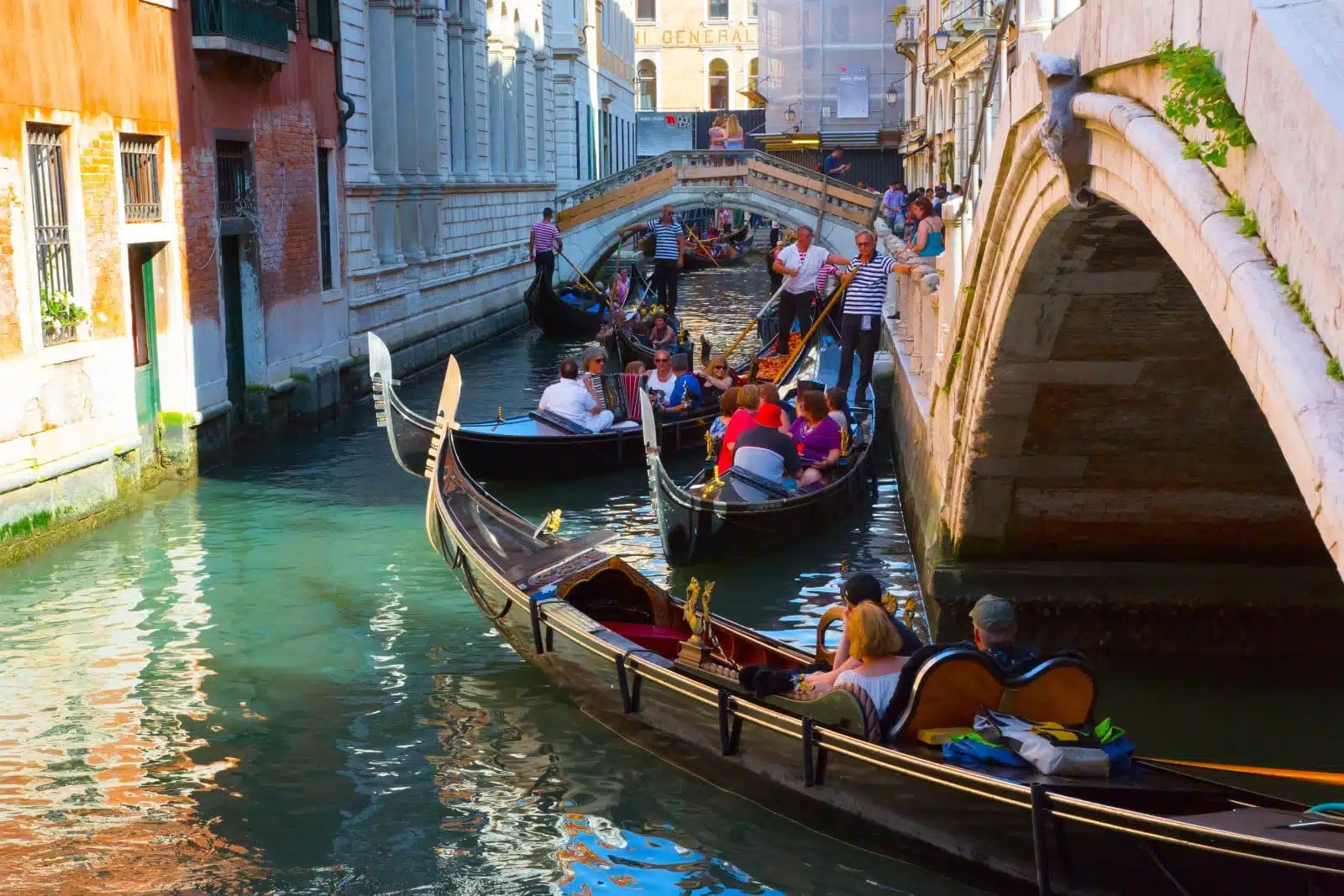
Image Credit: Shutterstock / LUMIKK555
Venice has long been a poster child for overtourism, but this summer has seen new records in visitor numbers. The city’s narrow streets and canals are clogged with tourists, making it difficult to enjoy the historic beauty that brought people here in the first place. The city has seen a sharp increase in daily visitors compared to 2023, with up to 130,000 tourists per day during peak season.
Barcelona’s Beaches Packed Beyond Capacity
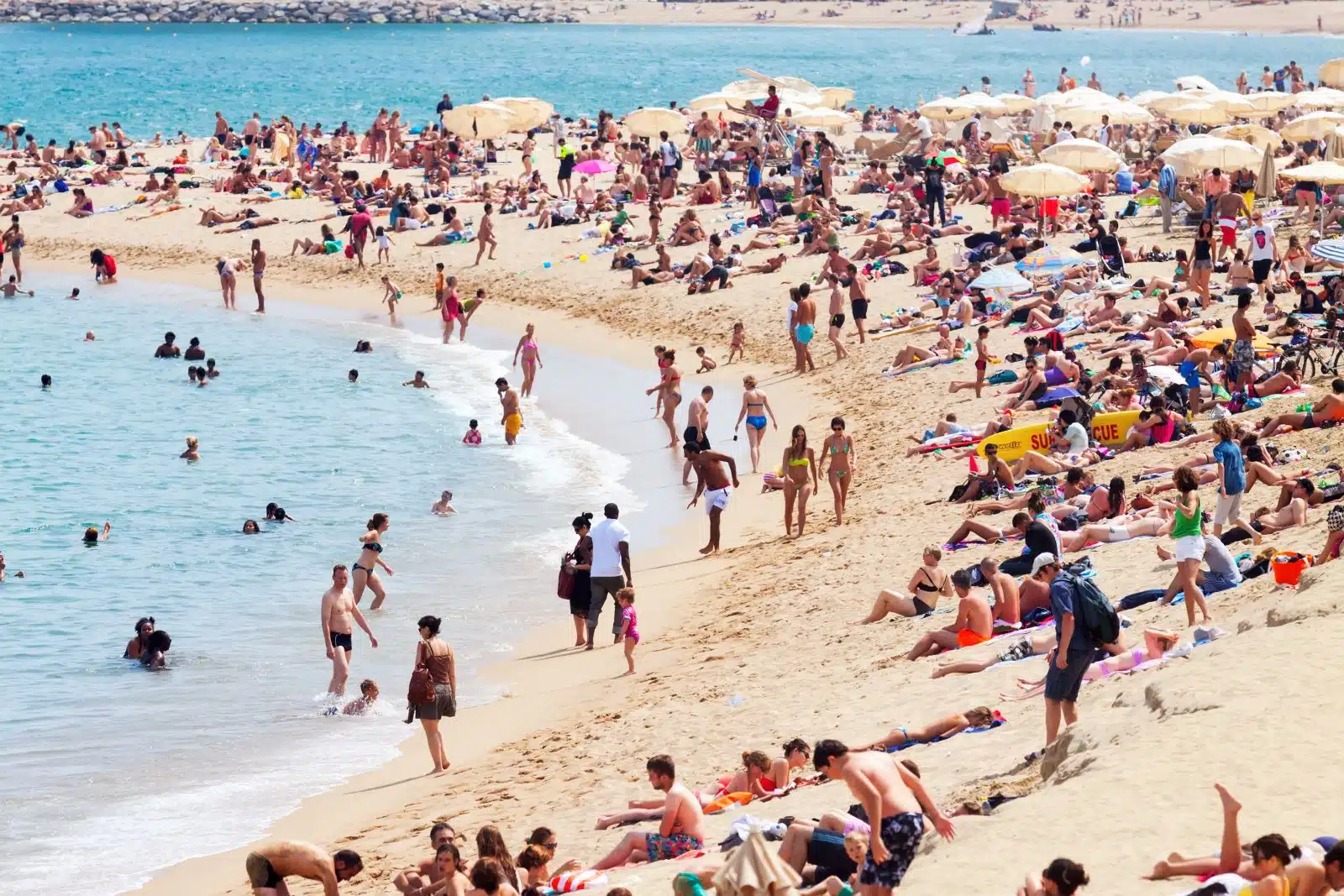
Image Credit: Shutterstock / BearFotos
Barcelona, another European favorite, is experiencing beach days that feel more like sardine cans. The famous Barceloneta beach has been hosting over 160,000 visitors daily, way beyond the recommended capacity, leading to issues with litter, overcrowding, and the local environment.
National Parks in the U.S. Overrun
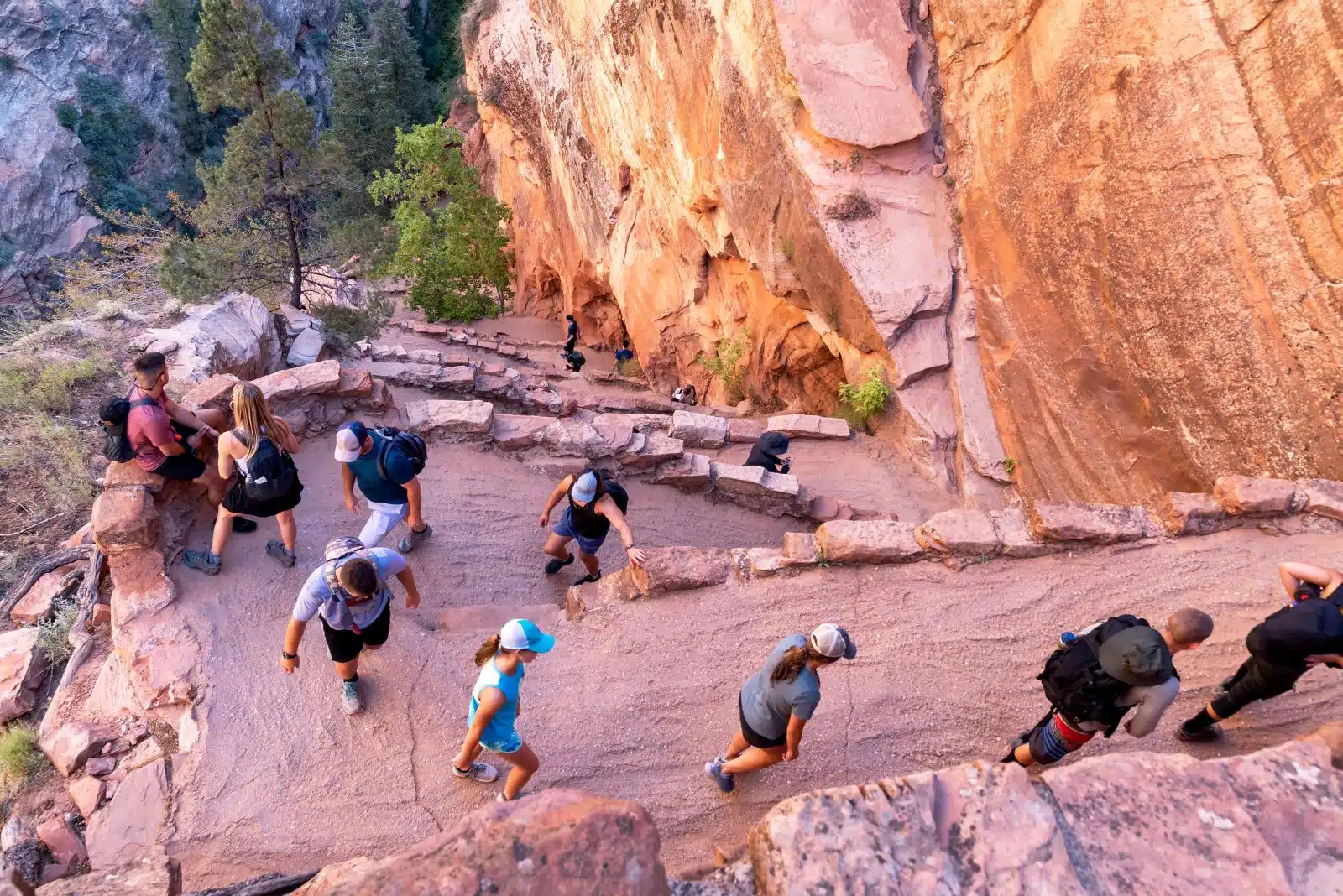
Image Credit: Shutterstock / Allen.G
It’s not just Europe feeling the strain. In the United States, national parks are seeing record numbers of visitors, with the National Park Service reporting an increase in visitation in 2024 compared to the previous year. This surge is leading to traffic jams on scenic routes and damage to delicate ecosystems.
Traffic Jams in Yellowstone

Image Credit: Shutterstock / Patryk Kosmider
Yellowstone National Park, with its geysers and wildlife, is a must-see for many. But this summer, visitors are spending more time stuck in traffic than exploring. The park has reported over 4.8 million visitors so far this year, leading to frequent traffic jams and long wait times at key attractions.
Yosemite’s Overcrowded Trails

Image Credit: Shutterstock / shellygraphy
Yosemite’s trails are seeing foot traffic like never before, leading to erosion and a less enjoyable experience for those seeking solitude in nature. With so many visitors, the park’s management is struggling to maintain the balance between accessibility and conservation.
The Environmental Toll

Image Credit: Shutterstock / Jacob Lund
Overtourism isn’t just an inconvenience—it’s a threat to the very places we love to visit. The environmental impact of so many tourists is significant, with an increase in litter and waste reported in popular destinations like Thailand’s beaches and the Galápagos Islands.
Coastal Erosion in Thailand
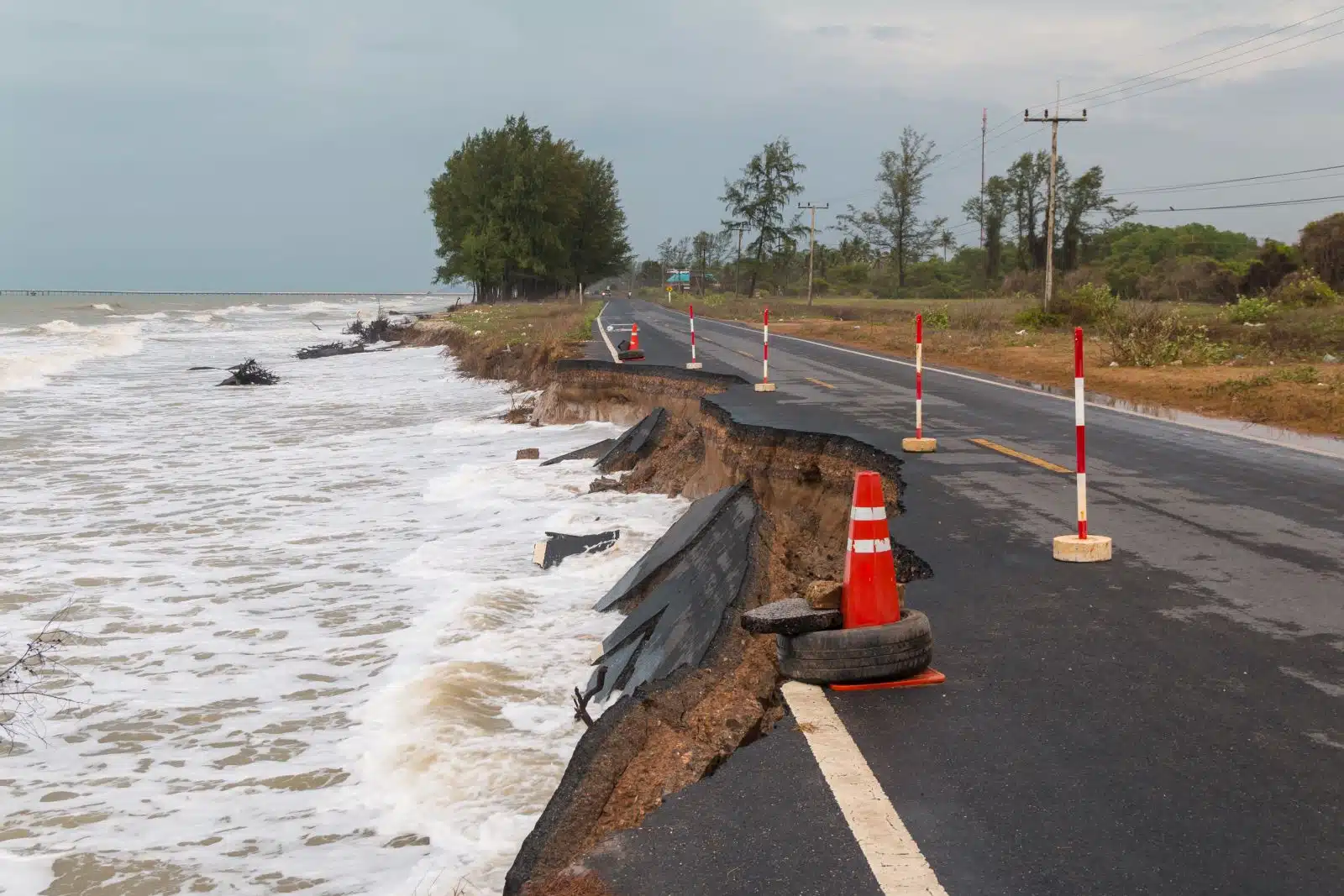
Image Credit: Shutterstock / Attapol Yiemsiriwut
Thailand’s famous beaches, like those on the island of Koh Phi Phi, are facing severe coastal erosion due to the constant stream of visitors. Local authorities say that many beaches are suffering from accelerated erosion, impacting both the environment and local tourism.
Wildlife Disturbance in the Galápagos

Image Credit: Shutterstock / Erkki Alvenmod
The Galápagos Islands, known for their unique ecosystems, are under threat from overtourism. The increased human presence is disturbing the delicate balance of nature, with studies showing its impact on key species’ populations over the last two years due to human interference.
Local Communities Pushed to the Brink

Image Credit: Shutterstock / Edson Rosas
The influx of tourists isn’t just impacting the environment—it’s also affecting local communities. Residents in popular destinations are finding it harder to live their everyday lives, with rising costs, overcrowded streets, and a loss of local culture. In Venice, for instance, the population has dropped by nearly 50% over the past 30 years, with locals citing overtourism as a key factor.
Venice Residents Fed Up

Image Credit: Shutterstock / Kues
In Venice, locals are increasingly vocal about their frustrations. The city’s infrastructure is struggling to cope with the demands of mass tourism, and residents are being pushed out of their homes as rental prices are increasing.
Barcelona’s Fight for Identity

Image Credit: Shutterstock / Marian Weyo
Barcelona is facing a similar crisis. The influx of tourists is leading to the closure of local businesses in favor of souvenir shops and chain restaurants. The city has seen a decline in family-owned businesses since 2020, a trend exacerbated by the continued growth in tourist numbers.
What’s Being Done?

Image Credit: Shutterstock / Guiderom
In response to overtourism, some destinations are beginning to implement measures to control the flow of visitors. From limiting the number of tourists allowed in certain areas to increasing fees, these strategies aim to protect the integrity of the destination.
Venice’s Entry Fees

Image Credit: Shutterstock / giocalde
Starting this year, Venice has introduced an entry fee for day-trippers in an effort to reduce the number of tourists and generate funds for maintenance. The fee, ranging from €3 to €10 depending on the season, is expected to generate over €50 million annually, which will be reinvested in the city’s infrastructure.
Thailand’s Beach Closures
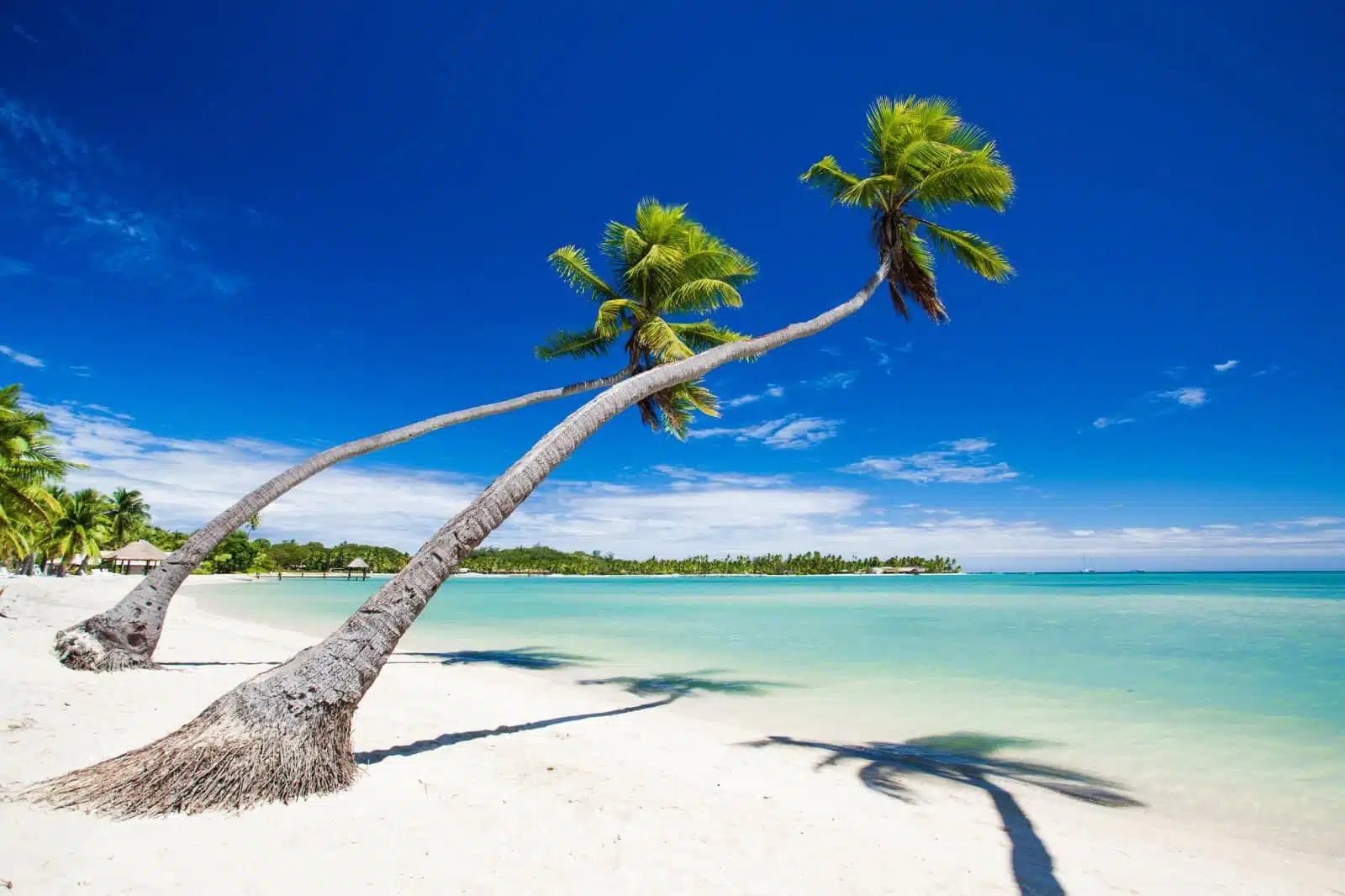
Image Credit: Shutterstock / Martin Valigursky
Thailand has taken drastic measures by temporarily closing some of its most famous beaches to allow them to recover from the damage caused by overtourism. Maya Bay, for example, will be closed for six months, with the government citing environmental degradation as the primary reason.
The Future of Travel
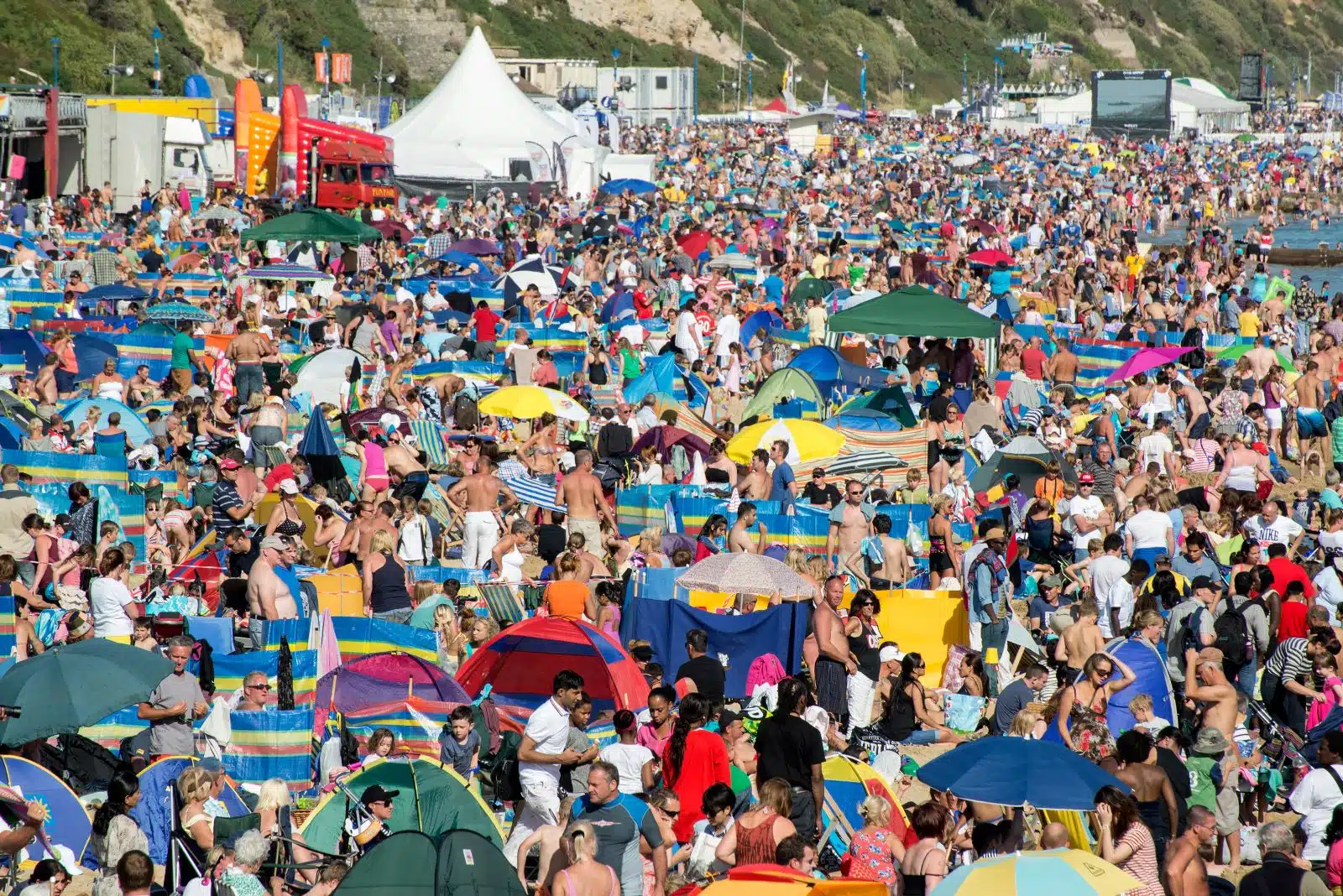
Image Credit: Shutterstock / Matt Gibson
As overtourism continues to be a challenge, travelers and destinations alike must rethink their approach to tourism. Sustainable travel practices are becoming more important than ever, with a focus on minimizing impact and preserving the places we love to visit.
How You Can Help

Image Credit: Shutterstock / GaudiLab
As a traveler, you have a role to play in combating overtourism. Consider visiting less crowded destinations, traveling during off-peak seasons, and supporting local businesses that prioritize sustainability. Small changes in your travel habits can make a big difference in preserving the world’s most cherished spots.
A Call for Change
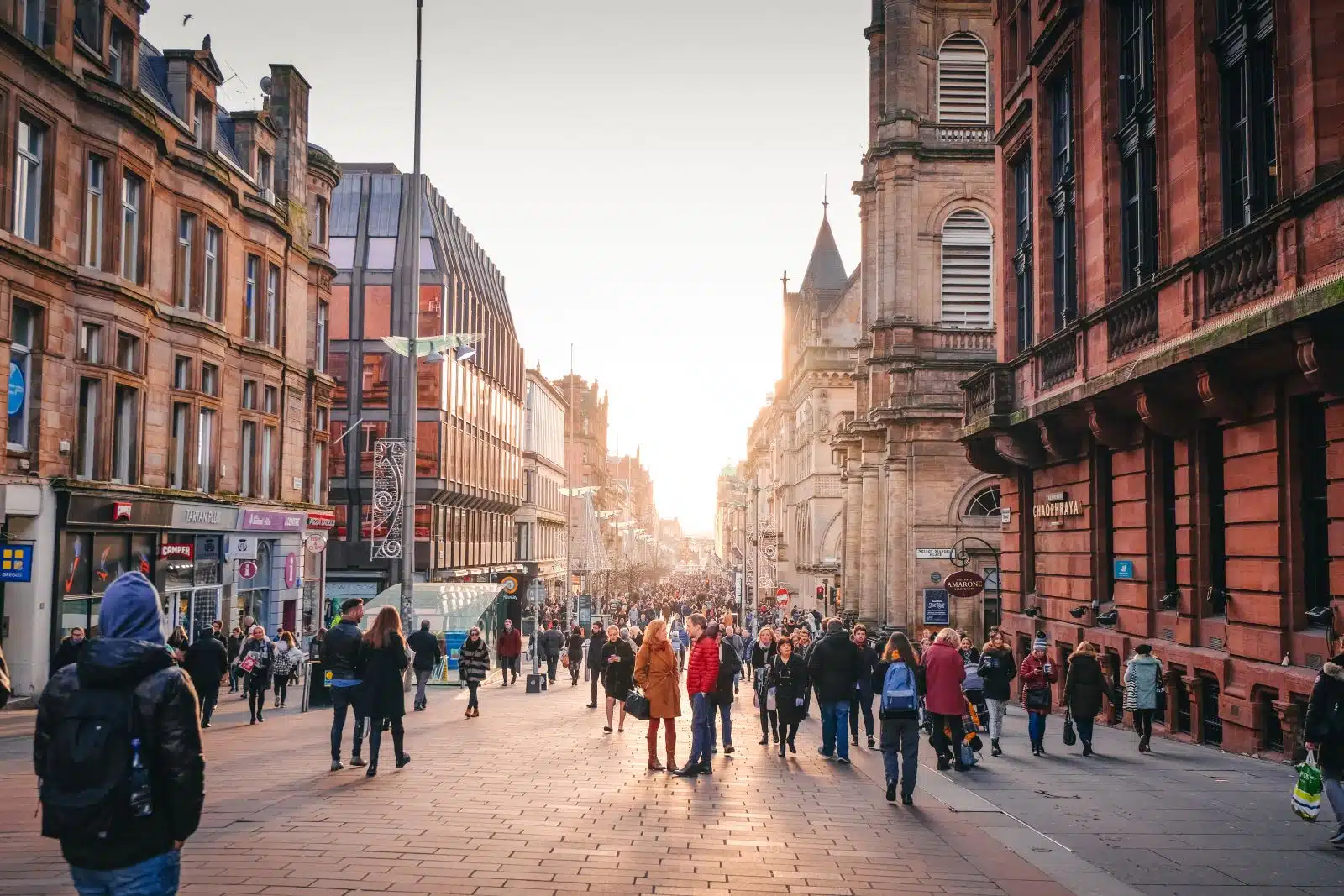
Image Credit: Shutterstock / helloijan
The summer of 2024 has shown that overtourism is a growing issue that needs to be addressed. As we continue to explore the world, it’s crucial to do so responsibly, ensuring that the places we visit can be enjoyed for generations to come. The future of travel depends on it.
More From The Green Voyage
Top 10 Trending Travel Destinations 2024
6 Essential Banking Apps for International Travel – Managing Your Finances on the Go
Traveling With Kids – 10 Tips to Create Memorable Family Holidays
Featured Image Credit: Shutterstock / Massimiliano Marino.
For transparency, this content was partly developed with AI assistance and carefully curated by an experienced editor to be informative and ensure accuracy.
Tips for Trip Success
Book Your Flight
Find an inexpensive flight by using Kayak, a favorite of ours because it regularly returns less expensive flight options from a variety of airlines.
Book Your Hotel or Special Accommodation
We are big fans of Booking.com. We like their review system and photos. If we want to see more reviews and additional booking options, we go to Expedia.
You Need Travel Insurance!
Good travel insurance means having total peace of mind. Travel insurance protects you when your medical insurance often will not and better than what you get from your credit card. It will provide comprehensive coverage should you need medical treatment or return to the United States, compensation for trip interruption, baggage loss, and other situations.Find the Perfect Insurance Plan for Your Trip
